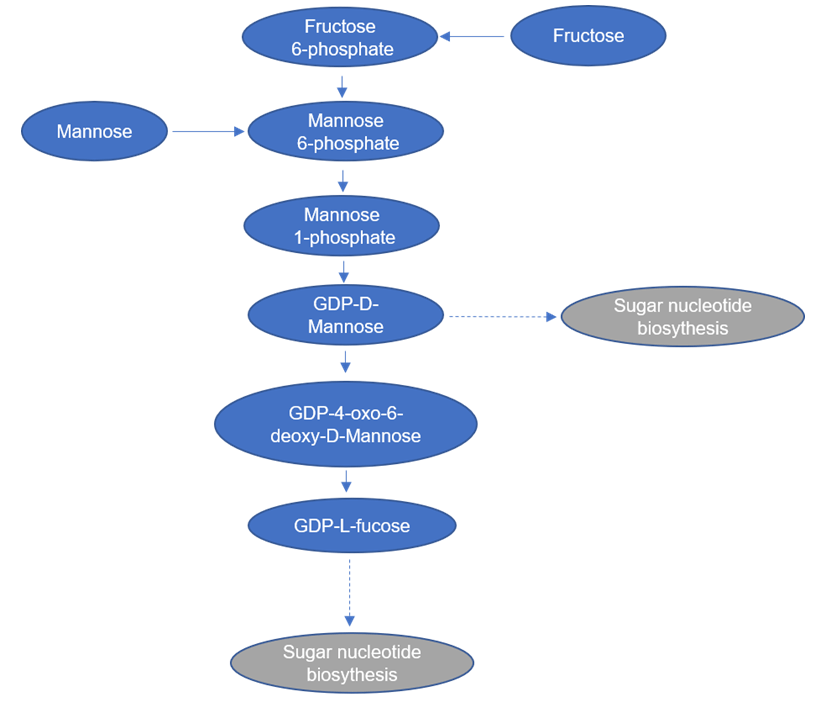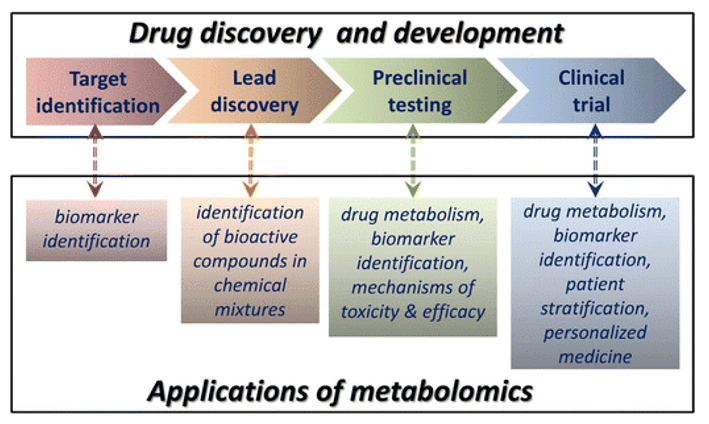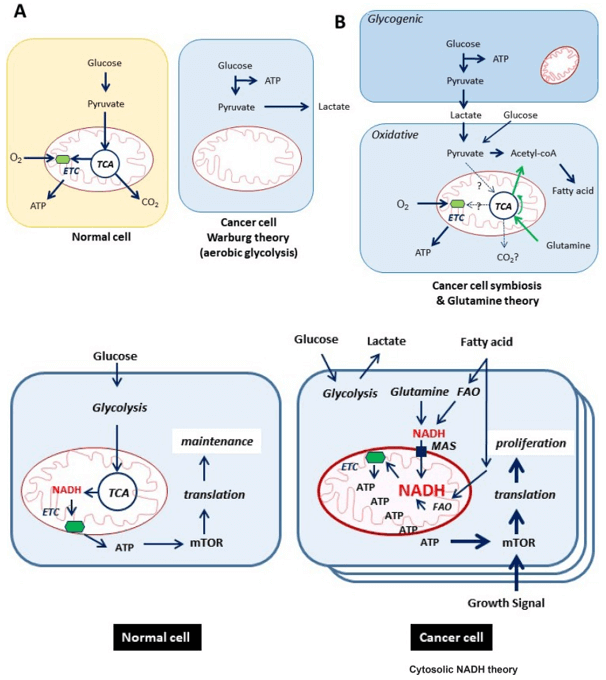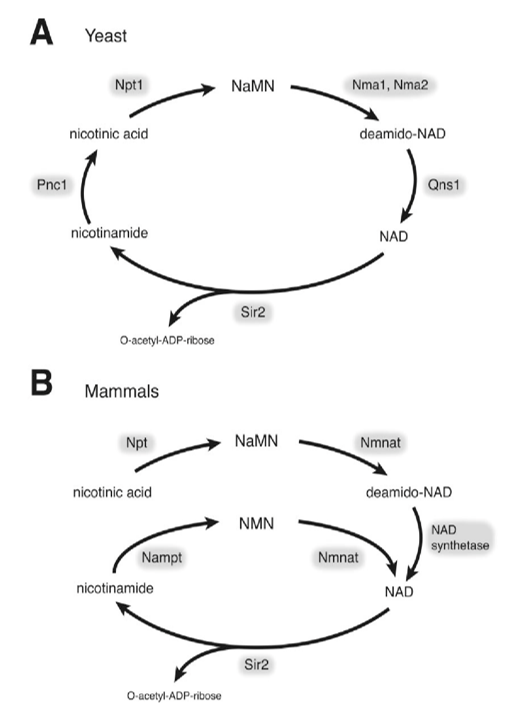Fructose and Mannose Metabolism Service
Submit Your InquiryOverview
Fructose is an intermediary in the metabolism of glucose1. Fructose together with glucose and galactose are the three dietary monosaccharides and can be absorbed into the bloodstream during digestion. Mannose is a C-2 epimer of glucose and belongs to the aldohexose. Mannose is rich in the form of N-linked glycosylation of proteins. Therefore, mannose plays an important in the protein glycosylation, which is the reaction in which a glycosyl donor is attached to a hydroxyl or other functional group of another molecule2. The catabolism of fructose and mannose provides critical components for sugar nucleotide biosynthesis (Figure 1). It would not be surprising that aberrant fructose and mannose metabolism lead to metabolic diseases like hypertension3. As a high-throughput tool, fructose and mannose metabolism analysis provides a powerful way to diagnosis and gain new insights in disease mechanism or treatment. With integrated array of separation, characterization, identification and quantification experience, Creative Proteomics provides reliable, rapid and cost-effective fructose and mannose related metabolites analysis service for your various scientific purposes.
 Figure 1. The overview of fructose and mannose metabolism.
Figure 1. The overview of fructose and mannose metabolism.
The Main Applications of Fructose and Mannose Metabolism Service
- Biomarker discovery
- Disease diagnostics
- Drug discovery
- Food safety
- Metabolic disease research
Advantages of Our Fructose and Mannose Metabolism Service
Service Workflow
The fructose and mannose metabolism service provided by Creative Proteomics is based on our cutting-edge chromatographic separation and mass spectrometry platforms. The experimental workflow involves 4 steps: sample collection, metabolites extraction, MS data analysis and bioinformatics analysis (Figure 2). Our service will be tailored to specific samples and needs for optimal results.
 Figure 2. The overall workflow of TCA cycle metabolism service.
Figure 2. The overall workflow of TCA cycle metabolism service.
List of Detectable Fructose and Mannose Metabolism at Creative Proteomics
| Fructose-6-phosphate | Mannose-6-phosphate | Mannose-1-phosphate |
| GDP-D-Mannose | GDP-4-oxo-6-deoxy-D-Mannose | GDP-L-fucose |
| Fructose | Mannose |
Sample Requirements
We can analyze any biological materials including but not limited to cells and solid tissues from humans and animals, such as mice, rats, rabbits. If you need transport your samples to us, please follow the below requirements for different types of sample:
- Blood/plasma: 500ul/sample
- Urine: 1ml/sample
- Tissue: 200mg/sample
- Cells: 1x107/sample
- Feces: 500mg/sample
Shipment condition: dry ice
Report Delivery
- Experimental procedures
- Instrument parameters of liquid chromatography and mass spectrometry
- MS raw data files and the summary of mass spectrometry data quality
- The identification/quantification of lipidic molecules data
- Bioinformatics analysis report (PCA, KEGG, etc.)
Equipped with advanced mass spectrometry for the determination of fructose and mannose related metabolites, powerful bioinformatic analysis software and a panel of experienced technicians and scientists, we provide customer-tailored fructose and mannose metabolism analysis service with rapid experimental procedures and easy to read report, to advance your scientific research.
References
- George A Bray. How bad is fructose? Am J Clin Nutr. 2007,86:895-896.
- Vandana Sharma, Mie Ichikawa, Hudson H Freeze. Mannose metabolism: more than meets the eye. Biochem Biophys Res Commun. 2014,453:220-228.
- Sarah A Hannou, Danielle E Haslam, Nicola M McKeown, Mark A Herman. Fructose metabolism and metabolic disease. J Clin Invest. 2018,128:545-555.








